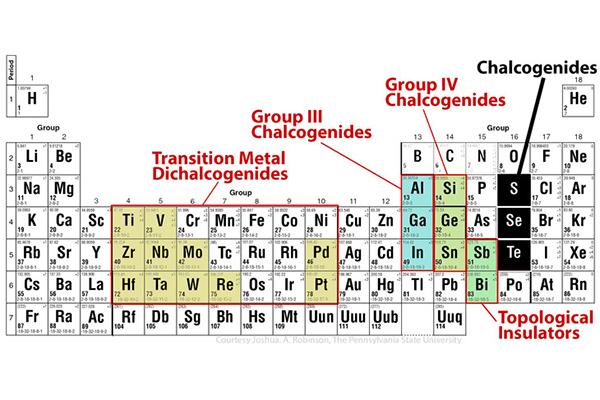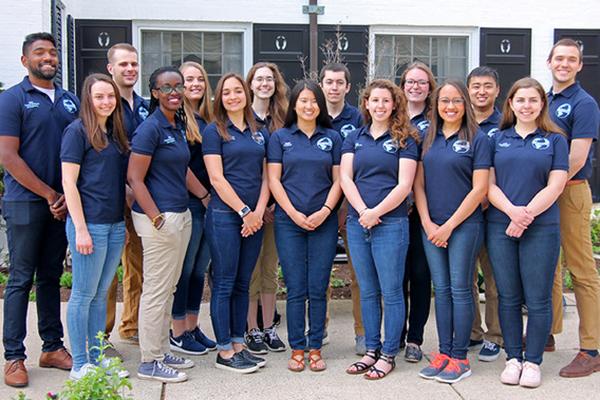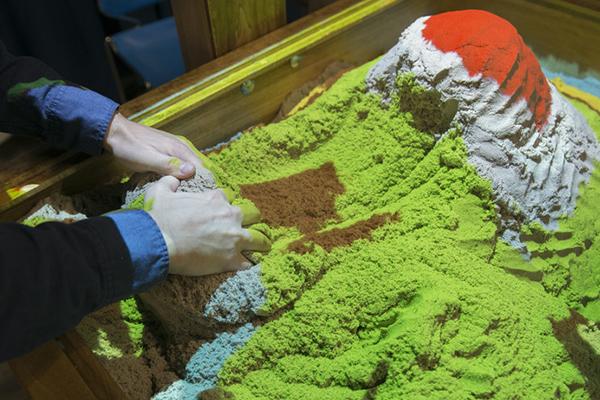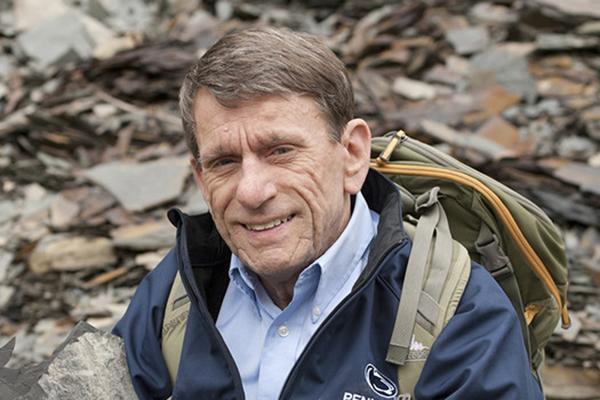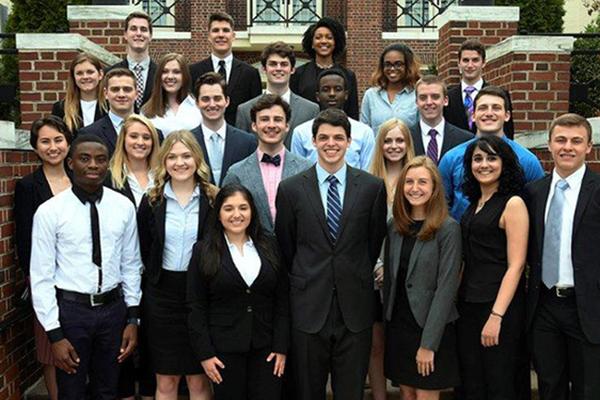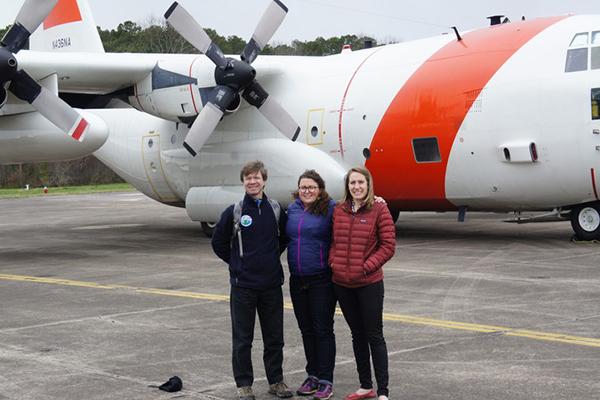Penn State’s massive open online course “Maps and the Geospatial Revolution” will open May 8 on FutureLearn, the United Kingdom’s leading MOOC platform.
The possibilities for the new field of two-dimensional, one-atomic-layer-thick materials, including but not limited to graphene, appear almost limitless. In new research, Penn State material scientists report two discoveries that will provide a simple and effective way to "stencil" high-quality 2D materials in precise locations and overcome a barrier to their use in next-generation electronics.
EMS Ambassadors are seasoned students in the College of Earth and Mineral Sciences who offer prospective students and their families detailed tours of the college, student living and dining areas, and research and educational facilities. Most importantly, prospective students can hear from their peers what college life at Penn State is like from the newly formed group.
Penn State engineering seniors' capstone projects presented solutions to real-world problems at the recent Engineering Design Showcase.
Eleven members of Penn State’s Positive Energy student group cleaned up several acres of Canonsburg Lake in southwestern Pennsylvania, in a partnership with the Pennsylvania Fish & Boat Commission and the Society of Petroleum Engineers (SPE) Cares program.
Thirteen Penn State students in the colleges of Earth and Mineral Sciences and Engineering joined a team of partners to build a solar array in a low-income village in Roatan, Honduras, in March.
Fifty-eight years ago, Terry Engelder wasn’t yet a world-renowned geoscientist. He was a kid with a keen interest in science, a passion ignited by the space race and fueled by the funds that flowed into schools as the nation sought the next generation of discovery. Using a posterboard and markers, Engelder sketched “Faulting in Western New York” for the junior high science fair. Among the layers Engelder shaped below his hometown was the Marcellus Shale, which decades later Engelder would make famous after successfully projecting it as the second-largest extractable natural gas field in the world.
The Presidential Leadership Academy's new class of 30 students represents 11 of Penn State's academic colleges.
Two recent Penn State graduates are taking part in the $30 million, NASA-funded Atmospheric Carbon and Transport-America. The project is led by Penn State professor Ken Davis.
A simple electronic device found in nearly every smartphone today is helping students learn about the science of earthquakes in one general education geosciences course, GEOSC 109, Earthquakes and Society. Taught by Charles Ammon, professor of geosciences, the course was designed to give students insight into how geoscientists understand earthquakes — and, more generally, what's involved in conducting science.



